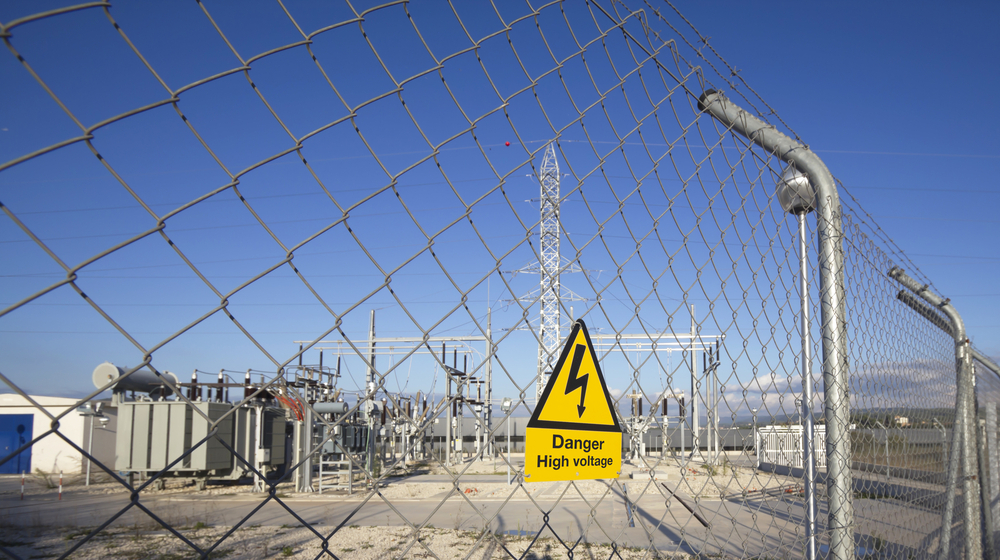Roar Solutions for Beginners
Roar Solutions for Beginners
Blog Article
Indicators on Roar Solutions You Need To Know
In order to protect setups from a potential surge a technique of evaluating and categorizing a potentially unsafe area is needed. The objective of this is to make certain the proper option and installation of devices to inevitably stop a surge and to make sure safety of life.

(https://slides.com/roarsolutions)
No devices ought to be mounted where the surface area temperature of the tools is more than the ignition temperature of the provided danger. Below are some typical dust hazardous and their minimal ignition temperature level. Coal Dirt 380C 225C Polythene 420C (melts) Methyl Cellulose 420C 320C Starch 460C 435C Flour 490C 340C Sugar 490C 460C Grain Dust 510C 300C Phenolic Material 530C > 450C Aluminium 590C > 450C PVC 700C > 450C Soot 810C 570C The chance of the hazard existing in a concentration high enough to cause an ignition will certainly vary from place to area.
Hazardous area electrical devices possibly designed for use in greater ambient temperature levels. Field Repair Service By Authorised Worker: Complex screening may not be required nonetheless certain treatments might need to be complied with in order for the equipment to maintain its third celebration rating. Each item of devices with a hazardous score ought to be examined independently.
The smart Trick of Roar Solutions That Nobody is Discussing
The devices register is a comprehensive database of devices documents that includes a minimum collection of fields to recognize each thing's area, technical specifications, Ex classification, age, and environmental information. This info is important for tracking and taking care of the devices successfully within dangerous locations. On the other hand, for periodic or RBI sampling assessments, the quality will certainly be a mix of Thorough and Close assessments. The proportion of Detailed to Close evaluations will be established by the Devices Threat, which is assessed based on ignition danger (the chance of a resource of ignition versus the likelihood of a combustible ambience )and the hazardous location classification
( Area 0, 1, or 2). This variation will certainly likewise affect the resourcing demands for work prep work. When Lots are specified, you can develop tasting plans based on the sample size of each Whole lot, which describes the variety of arbitrary tools things to be checked. To identify the called for sample dimension, 2 elements need to be reviewed: the size of the Whole lot and the classification of inspection, which shows the level of effort that must be applied( minimized, normal, or boosted )to the inspection of the Lot. By incorporating the category of assessment with the Whole lot size, you can then establish the appropriate denial requirements for a sample, meaning the permitted number of malfunctioning items found within that example. For more details on this process, please describe the Energy Institute Standards. The IEC 60079 standard suggests that the maximum interval in between assessments need to not go beyond 3 years. EEHA examinations will also be conducted beyond RBI projects as part of arranged upkeep and devices overhauls or fixings. These inspections can be credited towards the RBI example sizes within the affected Great deals. EEHA inspections are conducted to recognize faults in electric devices. A heavy racking up system is important, as a single tool might have several faults, each with differing levels of ignition threat. If the mixed rating of both assessments is much less than two times the fault rating, the Lot is deemed acceptable. If the Great deal is still thought about inappropriate, it has to go through a complete assessment or justification, which might set off stricter inspection methods. Accepted Lot: The sources of any mistakes are recognized. If an usual failure mode is found, extra tools may need maintenance. Mistakes are classified by intensity( Security, Integrity, Home cleaning ), guaranteeing that immediate issues are assessed and dealt with without delay to reduce any effect on security or operations. The EEHA database must track and tape-record the lifecycle of mistakes along with the rehabilitative actions taken. Applying a durable Risk-Based Evaluation( RBI )technique is critical for ensuring conformity and safety in managing Electric Equipment in Hazardous Locations( EEHA) (eeha training). Automated Fault Rating and Lifecycle Monitoring: Effortlessly take high voltage courses care of mistakes and track their lifecycle to enhance inspection precision. The intro of this assistance for risk-based assessment even more strengthens Inspectivity's setting as a best-in-class service for regulative compliance, in addition to for any asset-centric evaluation use case. If you have an interest in finding out more, we invite you to request a demo and uncover just how our option can change your EEHA management processes.
Not known Facts About Roar Solutions

In terms of explosive risk, an unsafe location is an atmosphere in which an eruptive atmosphere is present (or may be expected to be existing) in quantities that require special preventative measures for the building, installment and use equipment. Roar Training Solutions. In this article we discover the difficulties encountered in the office, the danger control steps, and the needed expertises to function securely
These substances can, in certain conditions, create explosive atmospheres and these can have significant and heartbreaking effects. Most of us are acquainted with the fire triangle remove any one of the three elements and the fire can not happen, however what does this mean in the context of dangerous areas?
In many instances, we can do little about the degrees of oxygen airborne, however we can have substantial impact on sources of ignition, for instance electric equipment. Hazardous areas are documented on the unsafe area classification illustration and are recognized on-site by the triangular "EX LOVER" indicator. Here, amongst other essential info, zones are divided right into three kinds depending on the hazard, the chance and duration that an explosive environment will exist; Zone 0 or 20 is deemed one of the most dangerous and Area 2 or 22 is deemed the least.
Report this page